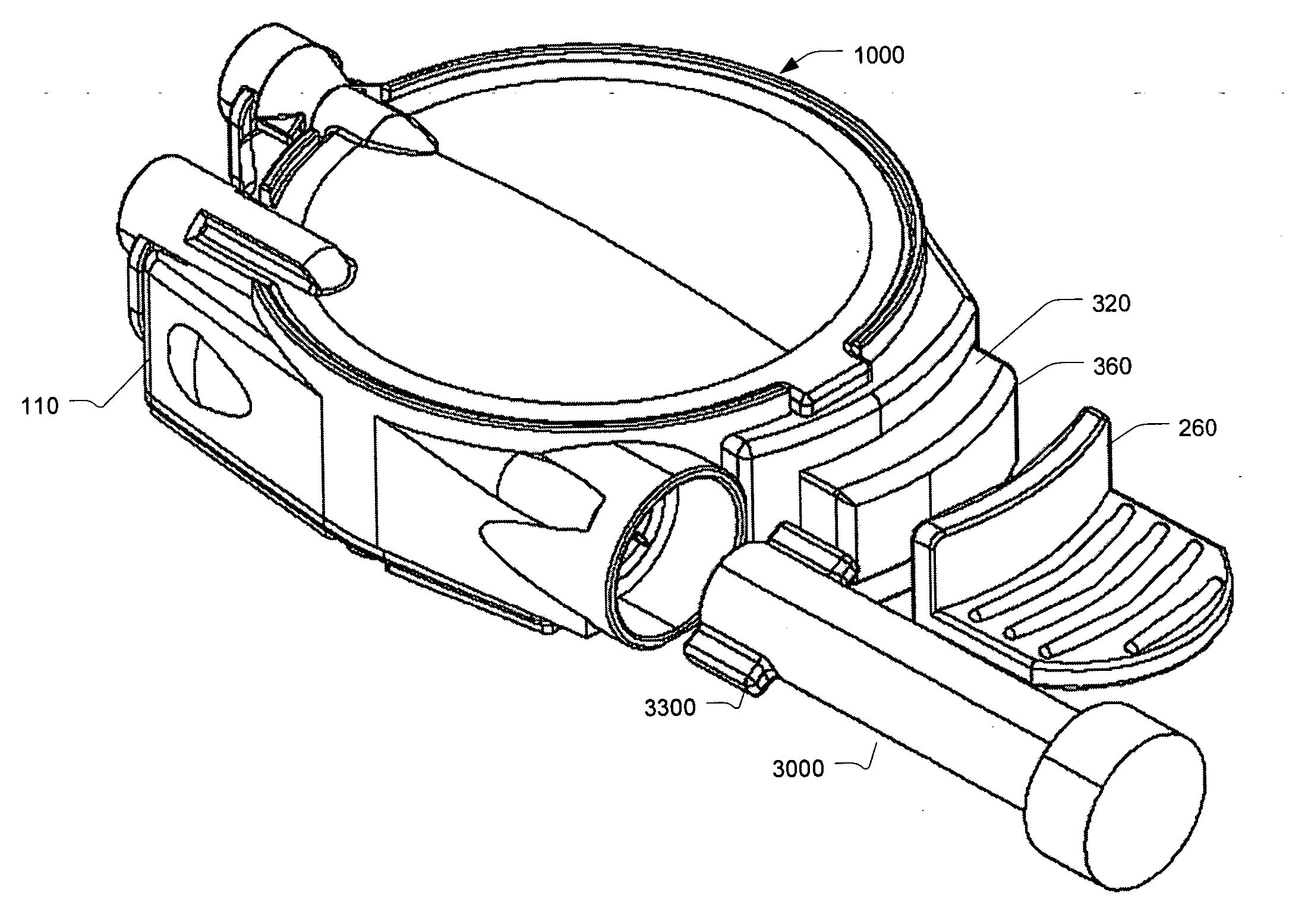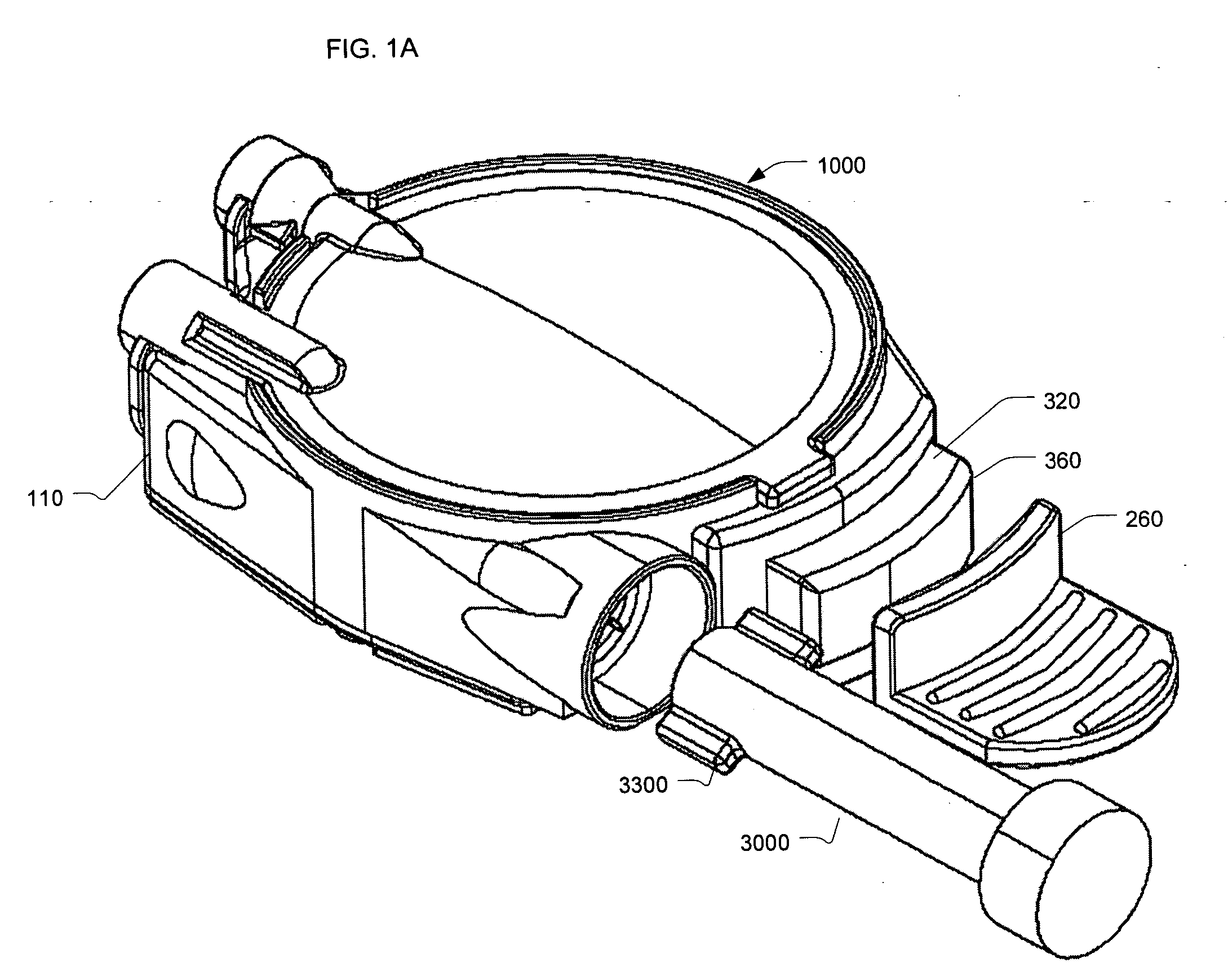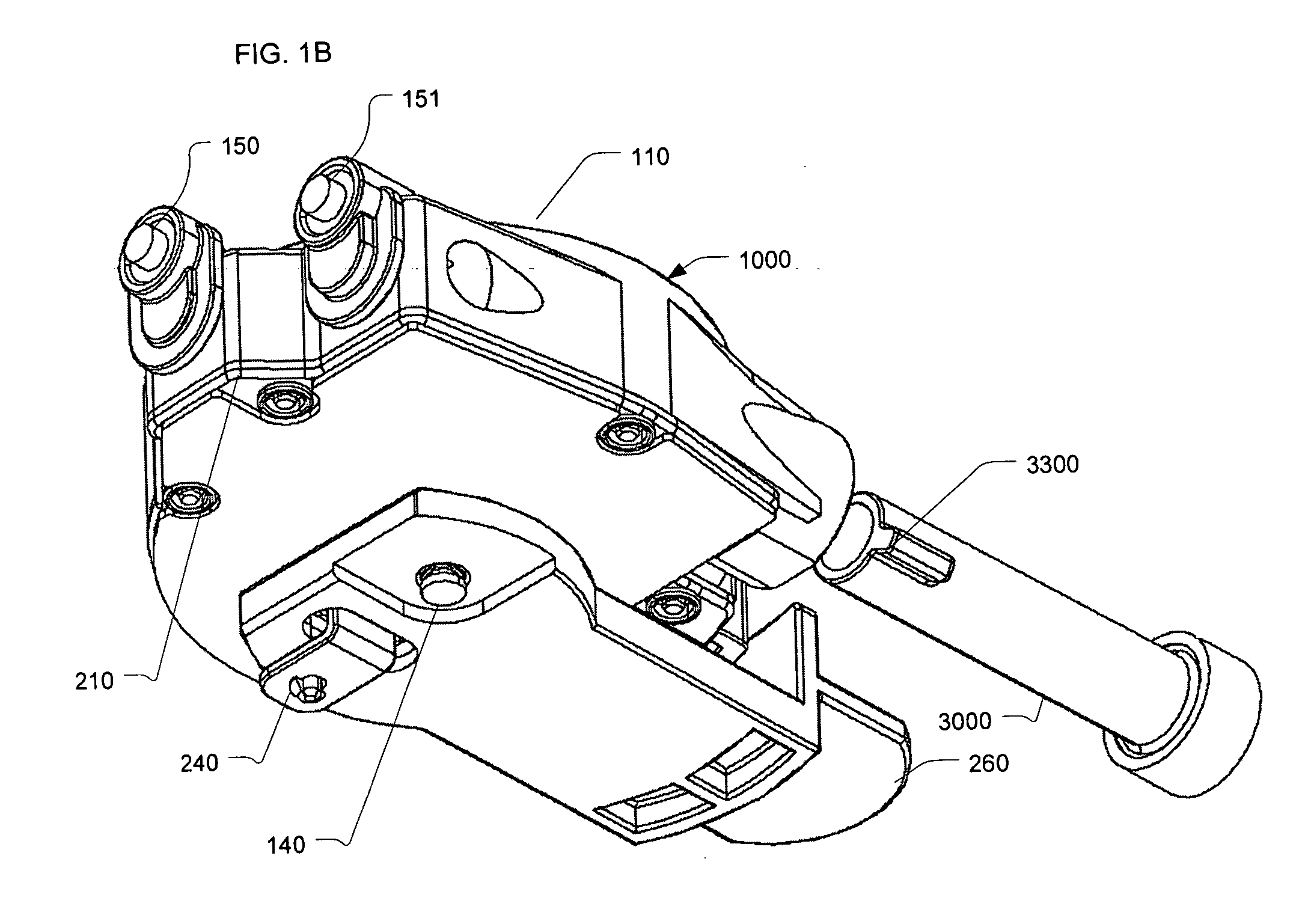Reconstituting infusion device
a technology of infusion device and infusion needle, which is applied in the field of medical devices, can solve the problems of high initial cost of the pump, limited life, and high cost (roughly 8 to 10 times the daily cost of syringe therapy), and achieve the effect of convenient dilution or reconstitution, efficient storage and handling
- Summary
- Abstract
- Description
- Claims
- Application Information
AI Technical Summary
Benefits of technology
Problems solved by technology
Method used
Image
Examples
example i
[0121] This example used a freeze dried formulation which contained 216 mg of an anti-HIV peptide, 200 mg PEG 1500 and trace amount of sodium hydroxide and acetic acid in each vial for a desired pH. PEG 1500 helps enhance the solubility of the anti-HIV peptide. Upon reconstitution of this formulation, the freeze-dried cake wetted instantly and dissolved rapidly. Nevertheless dissolution of PEG 1500 generated large amounts of bubbles and these bubbles took approximately 20 min to dissipate. To prepare samples for the experiment, the formulation was reconstituted and reprocessed by freeze-drying and spray freeze-drying using 3 ml or 5 ml lyo vials. The vials were sealed under 2000 mT (partial vacuum) or atmospheric pressure. Then a dissolution test was performed and results can be found in Table 2. It was observed that a higher partial vacuum remaining in the vial after reconstitution reduces bubble formation. For instance, the product dissolution and bubble dissipation with the sampl...
example ii
[0123] It may be desirable to maintain the pressure in the drug container below atmospheric pressure throughout the process of reconstitution of the medicament. For this purpose, initial evacuation of the container to a pressure less than about 50 Torr is expected to be adequate as the vapor pressure introduced by the diluent is minimal. The vapor pressure of water at 22 C is 20 Torr. Once mixed the vapor pressure of the reconstituted aqueous medicament would generally be lower.
[0124] For example, in a drug reservoir of 1 ml volume, and an initial pressure of 2 Torr, the ideal gas law allows an estimate of the expected final pressure:
P1V1=P2V2
[0125] Filling the container with 0.99 ml diluent, the final pressure due to the initial gas in the reservoir (P2) is:
2 T×1 ml=P2×(1−0.99) ml
[0126] The total pressure can be estimated as the sum of the partial pressures from the initial gas in the reservoir and the diluent.
Ptotal=Pvap+P2=20 T+2×1 / 0.01=220 T
[0127] As a second example, wit...
PUM
 Login to View More
Login to View More Abstract
Description
Claims
Application Information
 Login to View More
Login to View More - R&D
- Intellectual Property
- Life Sciences
- Materials
- Tech Scout
- Unparalleled Data Quality
- Higher Quality Content
- 60% Fewer Hallucinations
Browse by: Latest US Patents, China's latest patents, Technical Efficacy Thesaurus, Application Domain, Technology Topic, Popular Technical Reports.
© 2025 PatSnap. All rights reserved.Legal|Privacy policy|Modern Slavery Act Transparency Statement|Sitemap|About US| Contact US: help@patsnap.com



